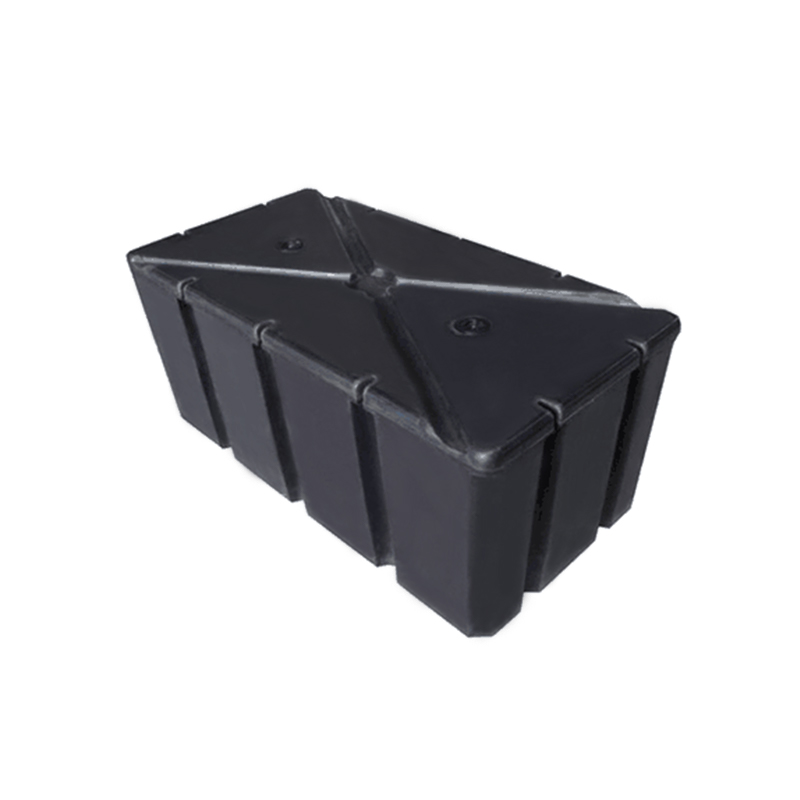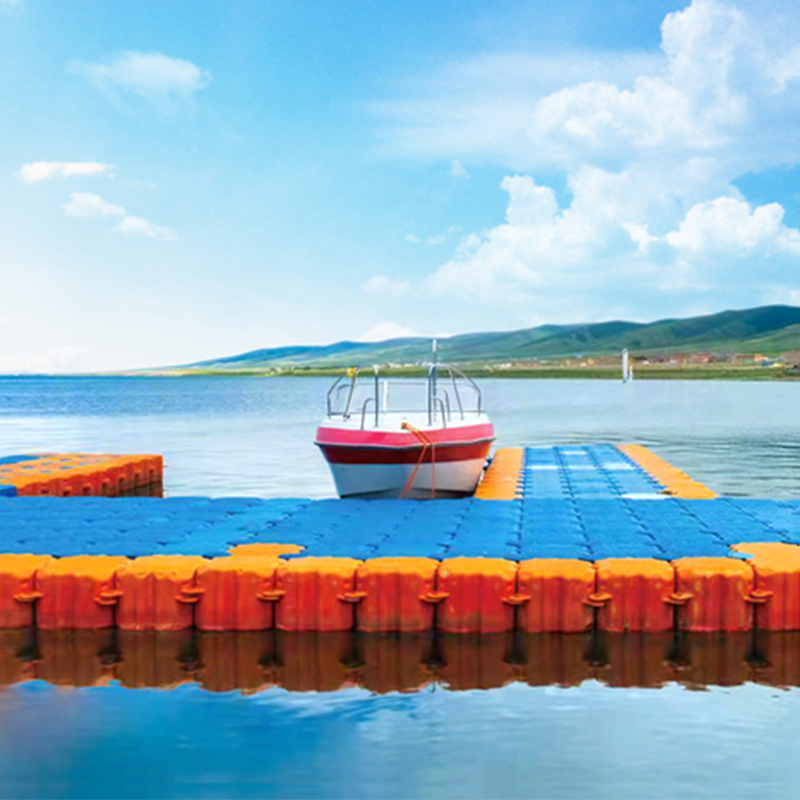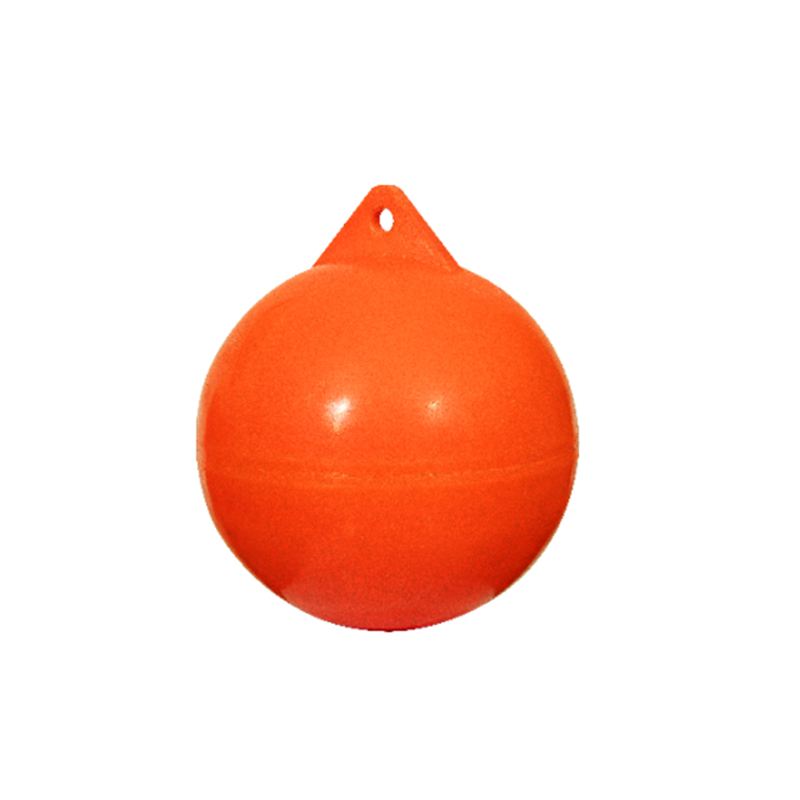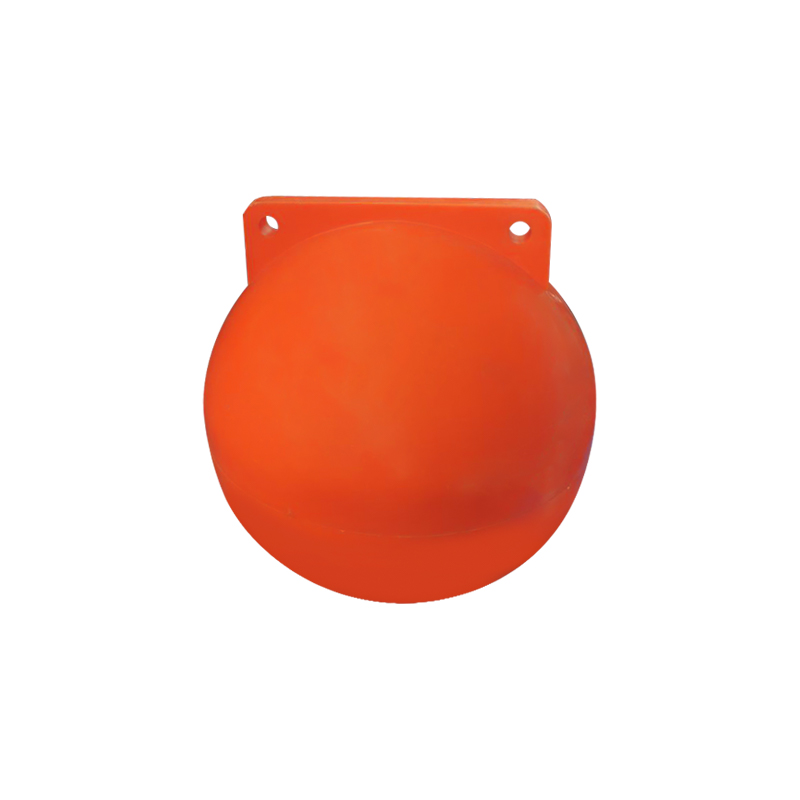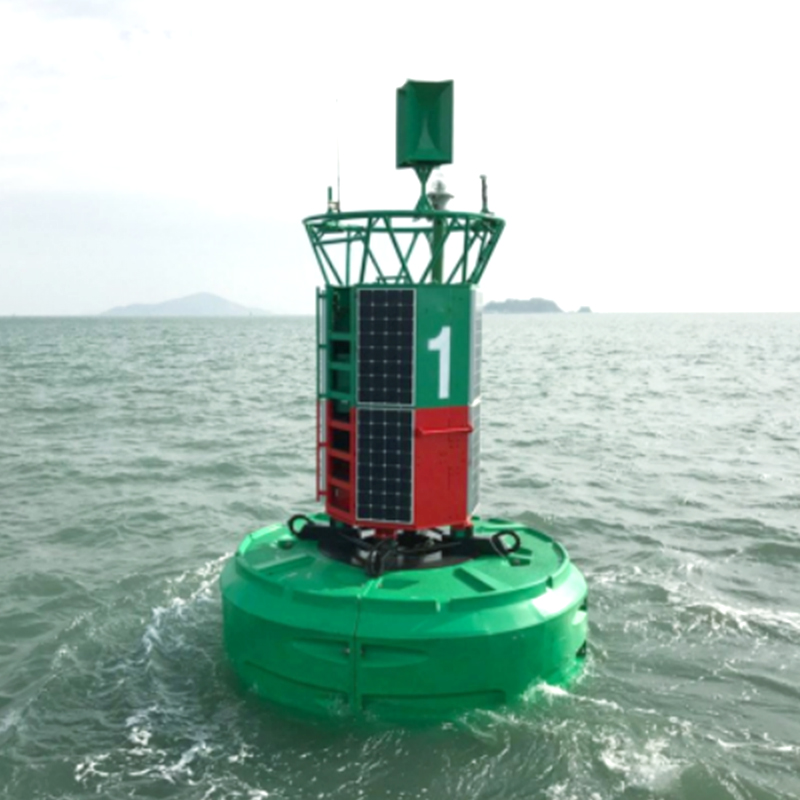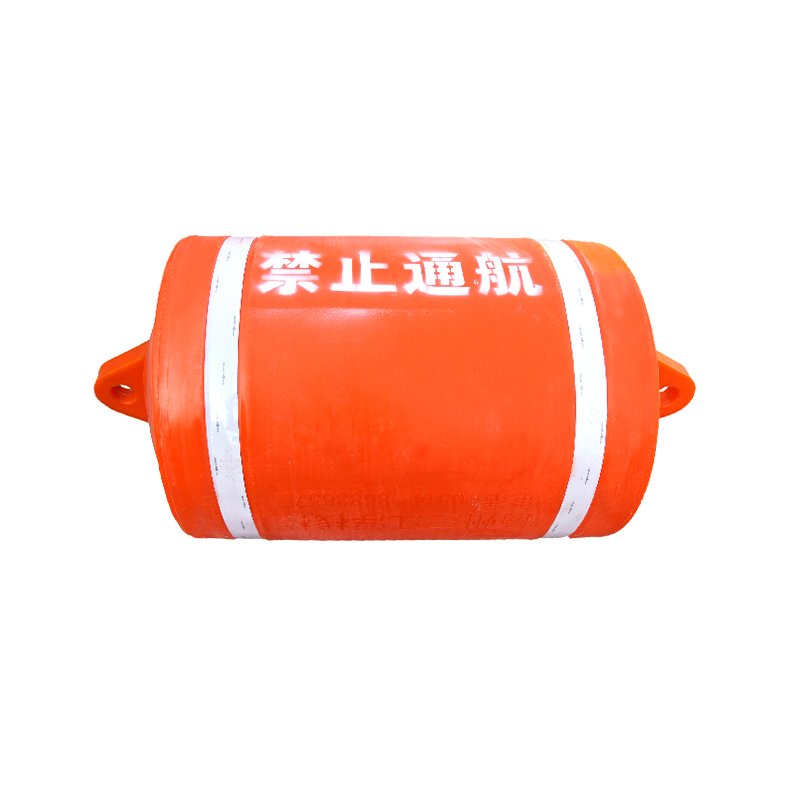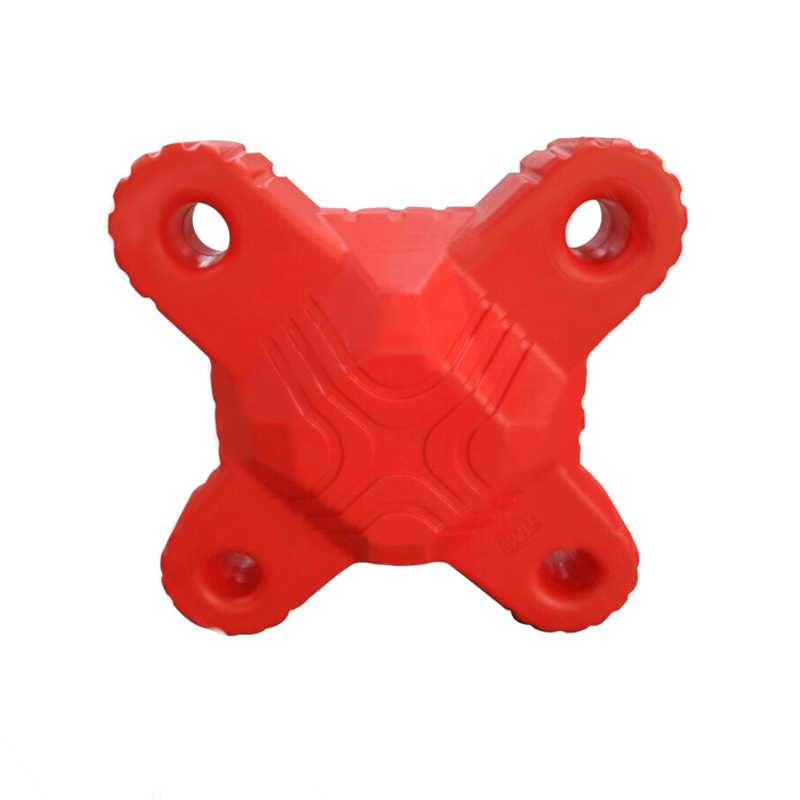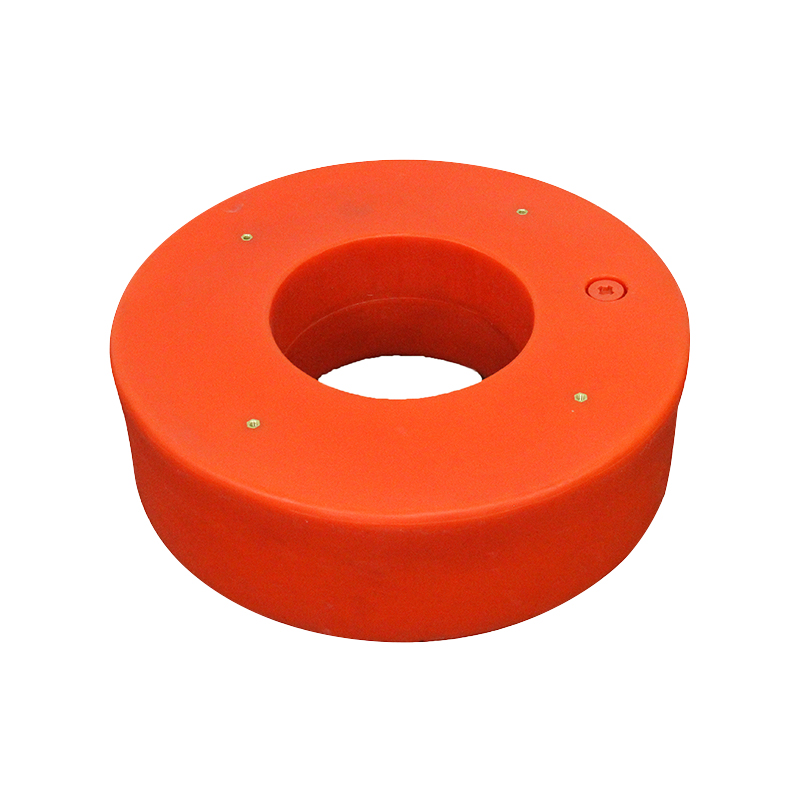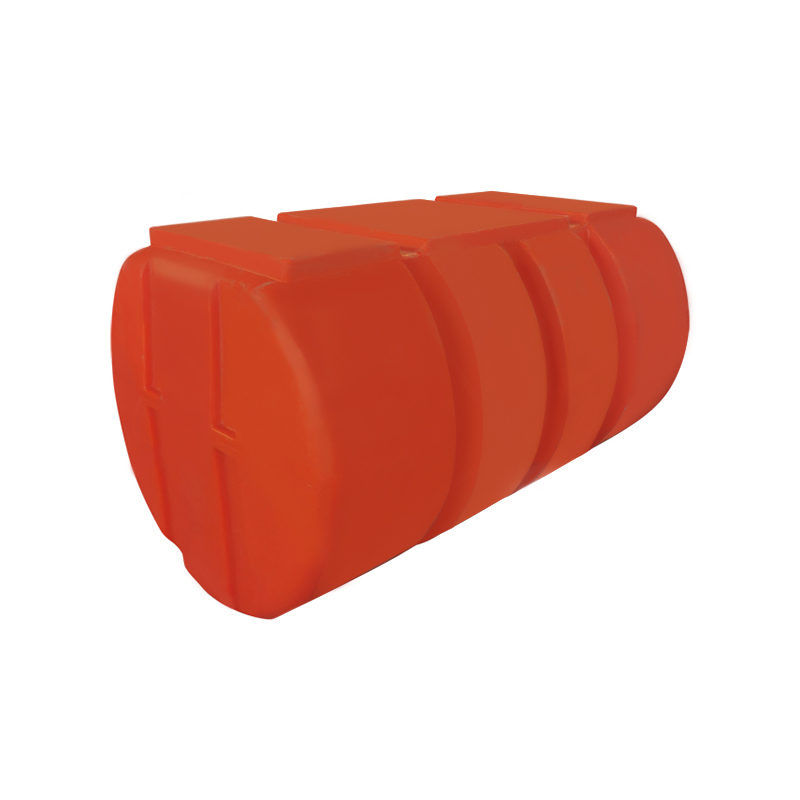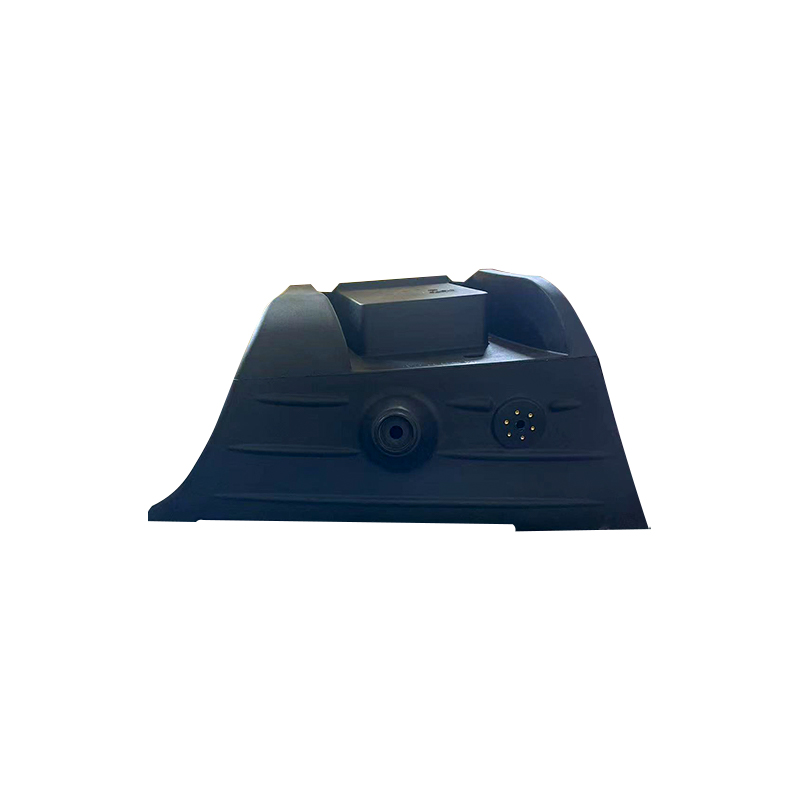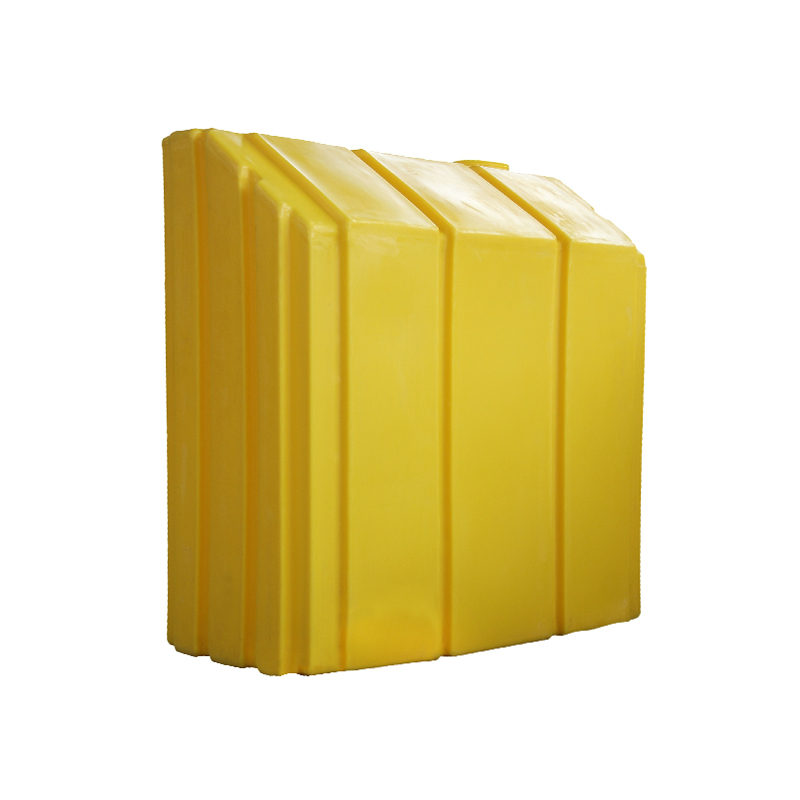What are the advantages of aquaculture tanks compared to traditional tanks?
As modern aquaculture continues to evolve, many fish farmers are turning to aquaculture barrels as a more efficient and cost-effective alternative to traditional ponds. Aquaculture barrels offer numerous advantages in areas such as water quality management, space utilization, disease control, and more. However, each method has its own strengths and weaknesses, and the choice between them depends on the specific needs of the farmer.
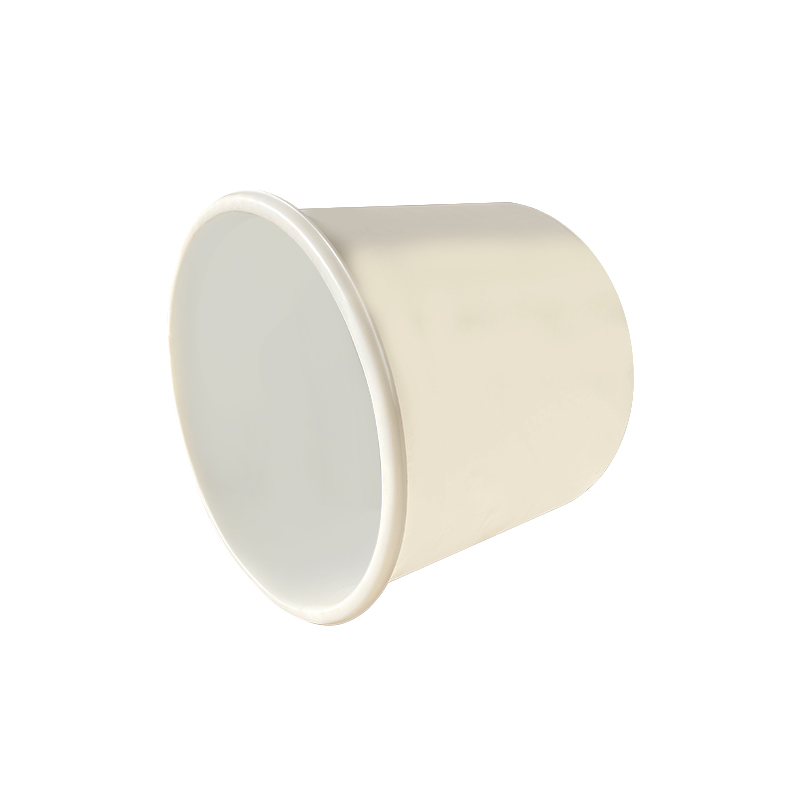
1. Space Utilization Efficiency
Space Advantages of Aquaculture Barrels
Aquaculture barrels are designed to efficiently utilize space, particularly in environments where land is limited. Compared to traditional ponds, aquaculture barrels allow for high-density farming within a relatively small area. This is especially beneficial in urban areas or regions where land is scarce. For example, in industrial-scale aquaculture, barrels can be stacked to make use of vertical space, optimizing the available land and preventing resource wastage.
Disadvantages of Traditional Ponds
Traditional ponds require a significant amount of land to be effective, which means that increasing the farming capacity often requires expanding the pond’s area. This can be difficult and costly, particularly in regions with limited land resources. The space limitations of traditional ponds reduce the density of farming, leading to lower production efficiency per unit of area.
Space Utilization Comparison
| Farming Method | Space Utilization Efficiency | Suitable Environments |
|---|---|---|
| Aquaculture Barrels | High-density, vertical space | Urban areas, limited land availability |
| Traditional Ponds | Low-density, horizontal expansion | Areas with abundant land |
2. Water Quality Management
Water Quality Control in Aquaculture Barrels
Aquaculture barrels typically employ a closed or semi-closed system, allowing for better control over water quality. The water circulation system in these barrels facilitates efficient filtration, oxygen injection, and other processes that help maintain clean water and reduce the buildup of harmful substances like ammonia and nitrites. The enclosed environment also helps manage waterborne pollutants and diseases, ensuring that the water quality remains stable for the farmed species.
These barrels often come equipped with monitoring systems that allow farmers to track key water parameters such as temperature, pH levels, and dissolved oxygen. This makes it easier to make adjustments to water quality as needed, preventing negative impacts on the health of the fish or other aquatic organisms.
Water Quality Issues with Traditional Ponds
Traditional ponds, especially those designed with open systems, are much more difficult to manage in terms of water quality. The water in these ponds can be heavily influenced by external factors such as rainfall, seasonal changes, and surrounding environmental conditions, which can lead to the water becoming eutrophic or polluted. In high-density farming situations, water quality can degrade quickly, requiring frequent water changes or external water sources to maintain a suitable environment.
Water Quality Comparison
| Farming Method | Water Quality Management Difficulty | Water Quality Control Efficiency |
|---|---|---|
| Aquaculture Barrels | Low | Efficient and stable |
| Traditional Ponds | High | Susceptible to external influences |
3. Disease Control
Disease Isolation in Aquaculture Barrels
Aquaculture barrels offer superior disease control by isolating different farming units from each other. Each barrel’s water system is typically independent, reducing the chances of cross-contamination between different species or water environments. In addition, due to their smaller, contained nature, barrels are easier to disinfect and maintain, allowing for more targeted disease prevention.
This sealed environment also helps maintain a healthier farming system overall, as any disease outbreaks can be confined to a single barrel rather than spreading to the entire farm.
Disease Spread in Traditional Ponds
In contrast, traditional ponds have open water systems where fish and other aquatic organisms can come into direct contact with each other. When diseases occur, they can spread rapidly throughout the entire pond, affecting the entire stock of fish or other species. Traditional ponds are also harder to monitor and treat for disease, requiring frequent manual intervention and increased labor costs to manage health risks.
Disease Control Comparison
| Farming Method | Disease Spread Risk | Disease Control Difficulty |
|---|---|---|
| Aquaculture Barrels | Low | Easy to isolate and manage |
| Traditional Ponds | High | Difficult to control and prevent |
4. Stocking Density
High Stocking Density in Aquaculture Barrels
One of the major advantages of aquaculture barrels is their ability to support high stocking densities. Due to the efficient water circulation and oxygenation systems, barrels can maintain the health of a larger number of fish or other species in a relatively small area. High-density farming not only boosts production but also reduces the need for expansive land use, leading to better resource efficiency.
Stocking Density Limitations of Traditional Ponds
Traditional ponds are typically limited by the size and capacity of the pond, which directly affects stocking density. Increasing the number of farmed species in a pond can lead to water quality issues, oxygen depletion, and overcrowding, ultimately harming the health of the stock. In smaller ponds, it can be particularly challenging to maintain an optimal stocking density, which limits the overall production potential.
Stocking Density Comparison
| Farming Method | Stocking Density | Suitable Farming Areas |
|---|---|---|
| Aquaculture Barrels | High-density | Small areas, high production |
| Traditional Ponds | Low-density | Large areas with good water quality |
5. Cost Analysis
Initial Investment and Operating Costs of Aquaculture Barrels
The initial investment in aquaculture barrels is relatively low compared to traditional ponds. Most of the costs are associated with purchasing and installing the barrel systems, which has become more affordable over time as the technology has improved. However, operational costs can be higher due to the need for energy, water treatment systems, and monitoring equipment. Despite this, the high production rates and efficiency of the barrels can quickly offset these costs in high-density farming setups.
Cost Considerations of Traditional Ponds
Traditional ponds often require a higher initial investment in terms of land development, excavation, and pond construction. Once the pond is built, maintenance costs tend to be lower, especially in terms of labor, since the system is simpler to manage. However, traditional ponds often face higher operational costs when dealing with water quality issues, disease prevention, and the need for more intensive labor to manage the system.
Cost Comparison
| Farming Method | Initial Investment | Operating Costs | Long-term Efficiency |
|---|---|---|---|
| Aquaculture Barrels | Low | High | High production efficiency |
| Traditional Ponds | High | Low | Dependent on land resources |
6. Environmental Adaptability
Environmental Flexibility of Aquaculture Barrels
Aquaculture barrels are highly adaptable to a variety of environmental conditions. Whether in hot or cold climates, barrels can be designed to maintain a stable environment for the fish or other farmed species. Furthermore, these barrels can be set up indoors or in climate-controlled environments, reducing the influence of external weather changes. This level of adaptability is crucial for modern aquaculture, especially in regions where traditional pond farming might not be feasible due to extreme weather conditions.
Environmental Limitations of Traditional Ponds
Traditional ponds are heavily dependent on external environmental factors, including temperature, rainfall, and other seasonal changes. In extreme weather conditions, pond farming can become difficult or even unfeasible, as changes in water temperature or water quality can negatively affect the health of the stock. Traditional ponds also require significant infrastructure for temperature control, water quality management, and other environmental adjustments.
Environmental Adaptability Comparison
| Farming Method | Environmental Flexibility | Suitable Environments |
|---|---|---|
| Aquaculture Barrels | High | Indoor, temperature-controlled |
| Traditional Ponds | Low | Dependent on external weather |


 English
English عربى
عربى
